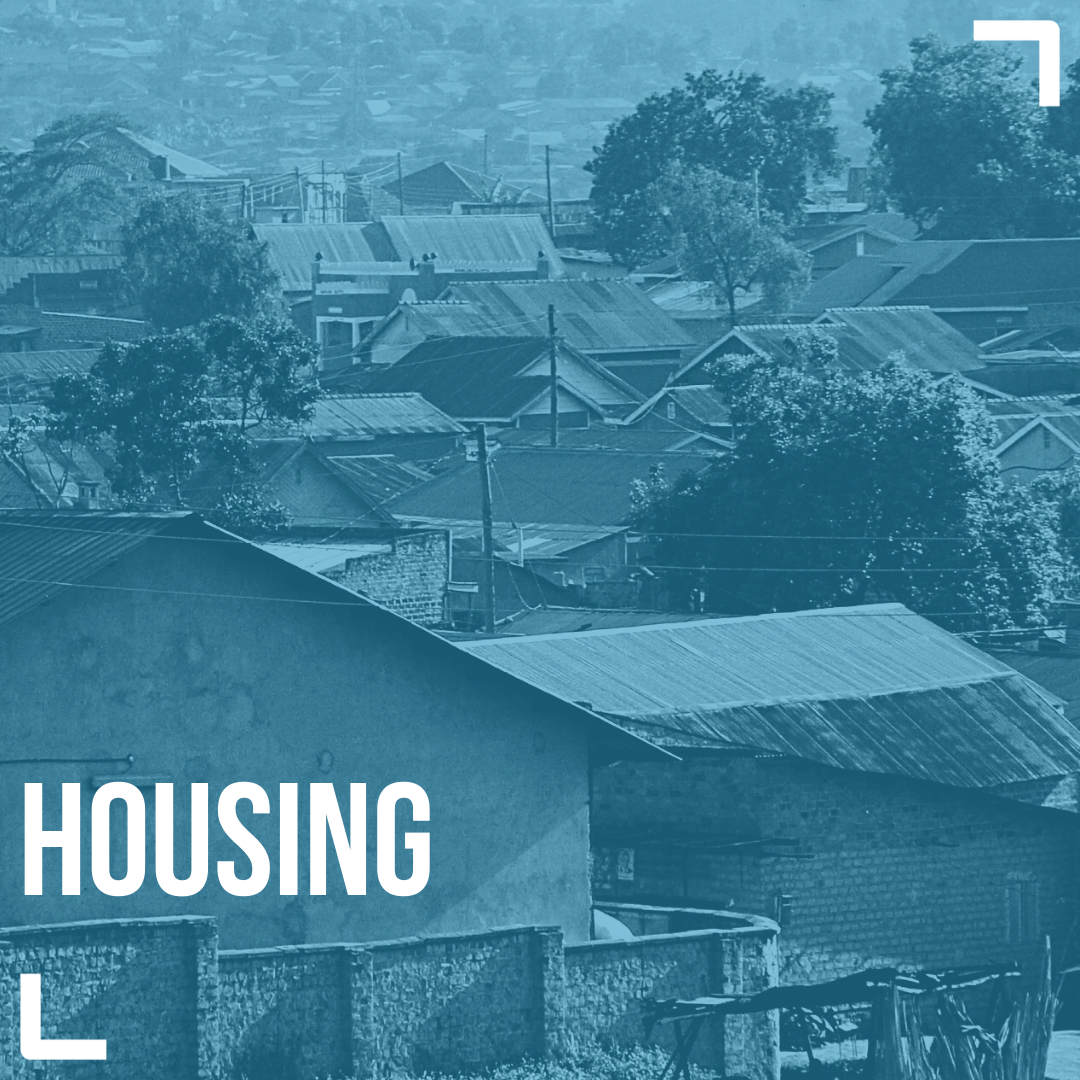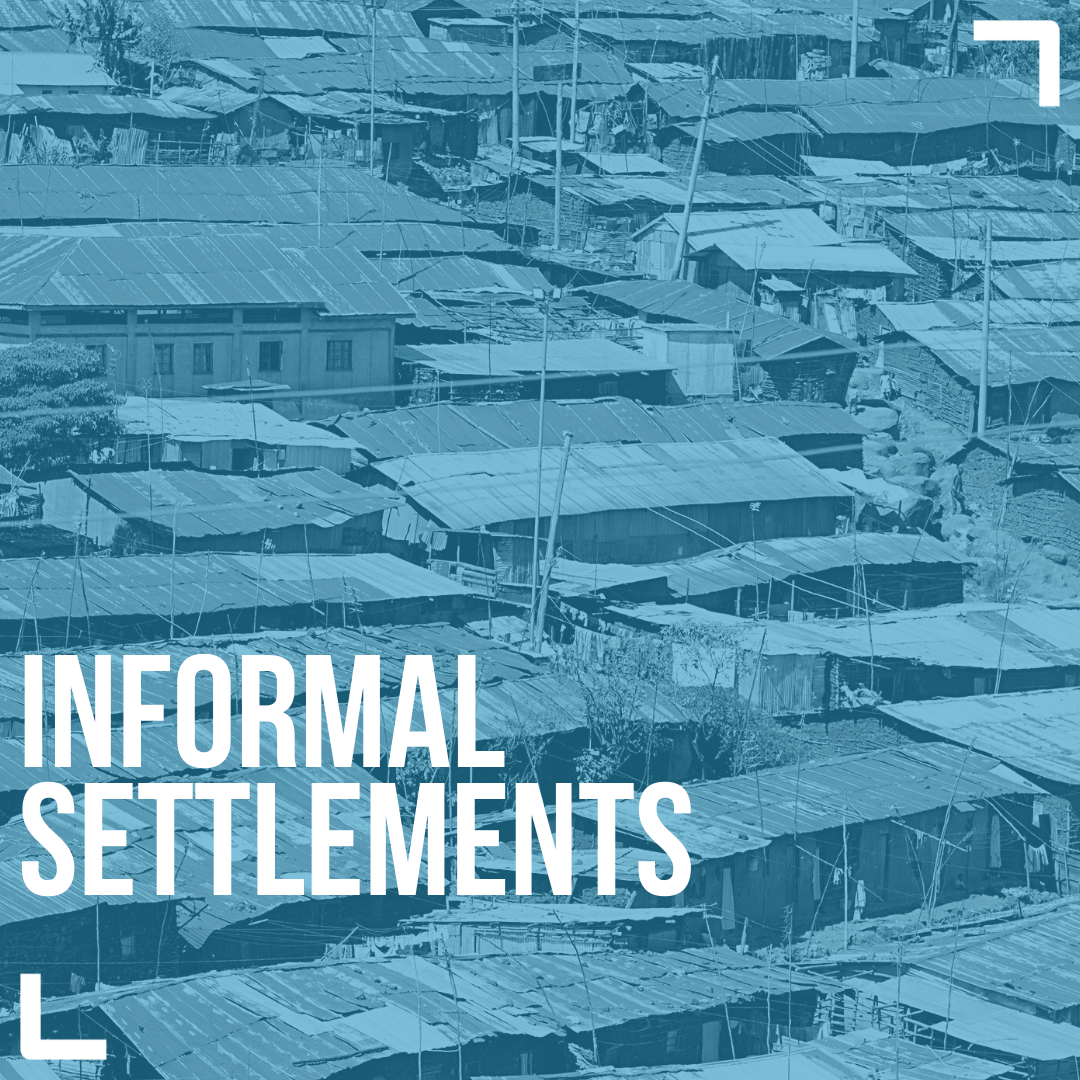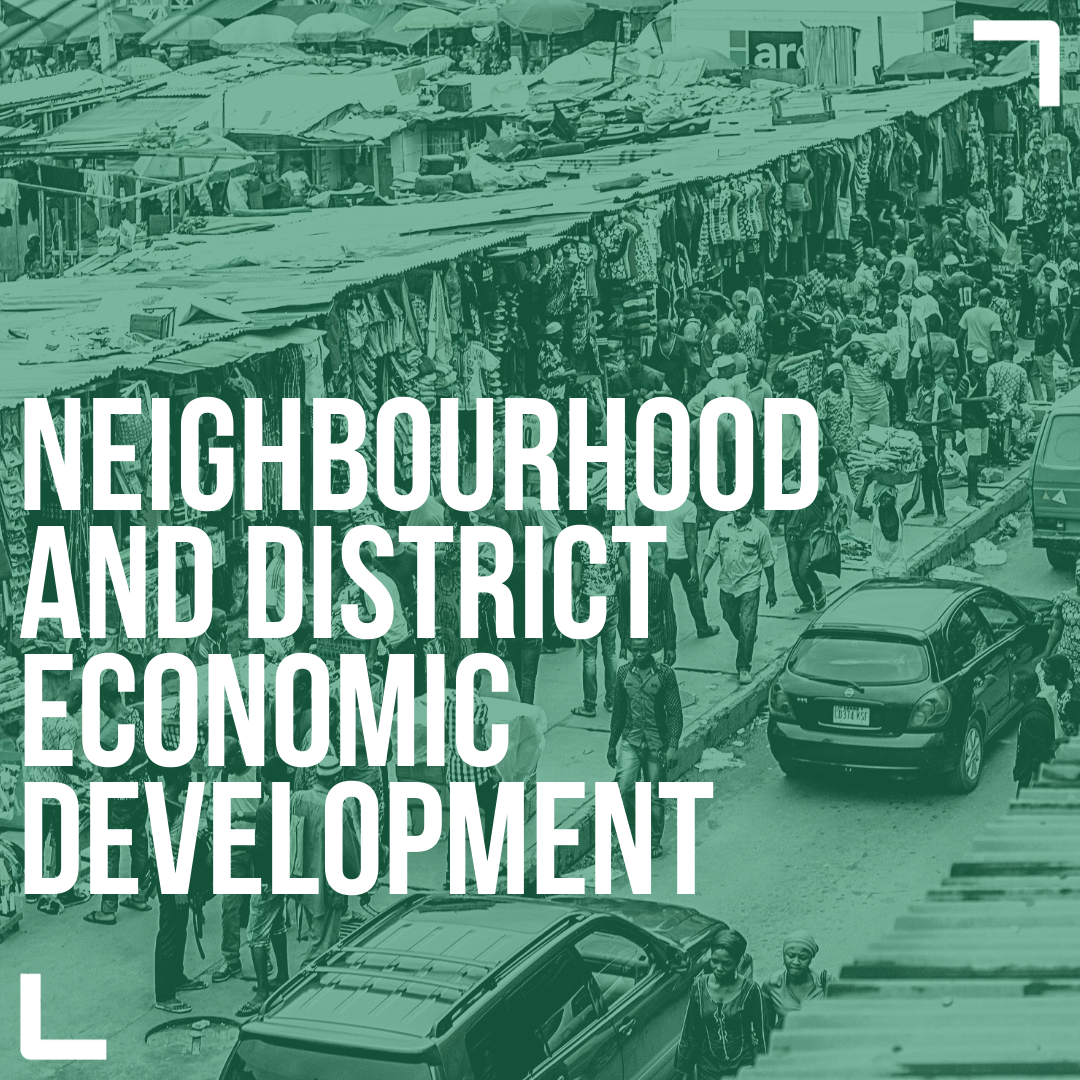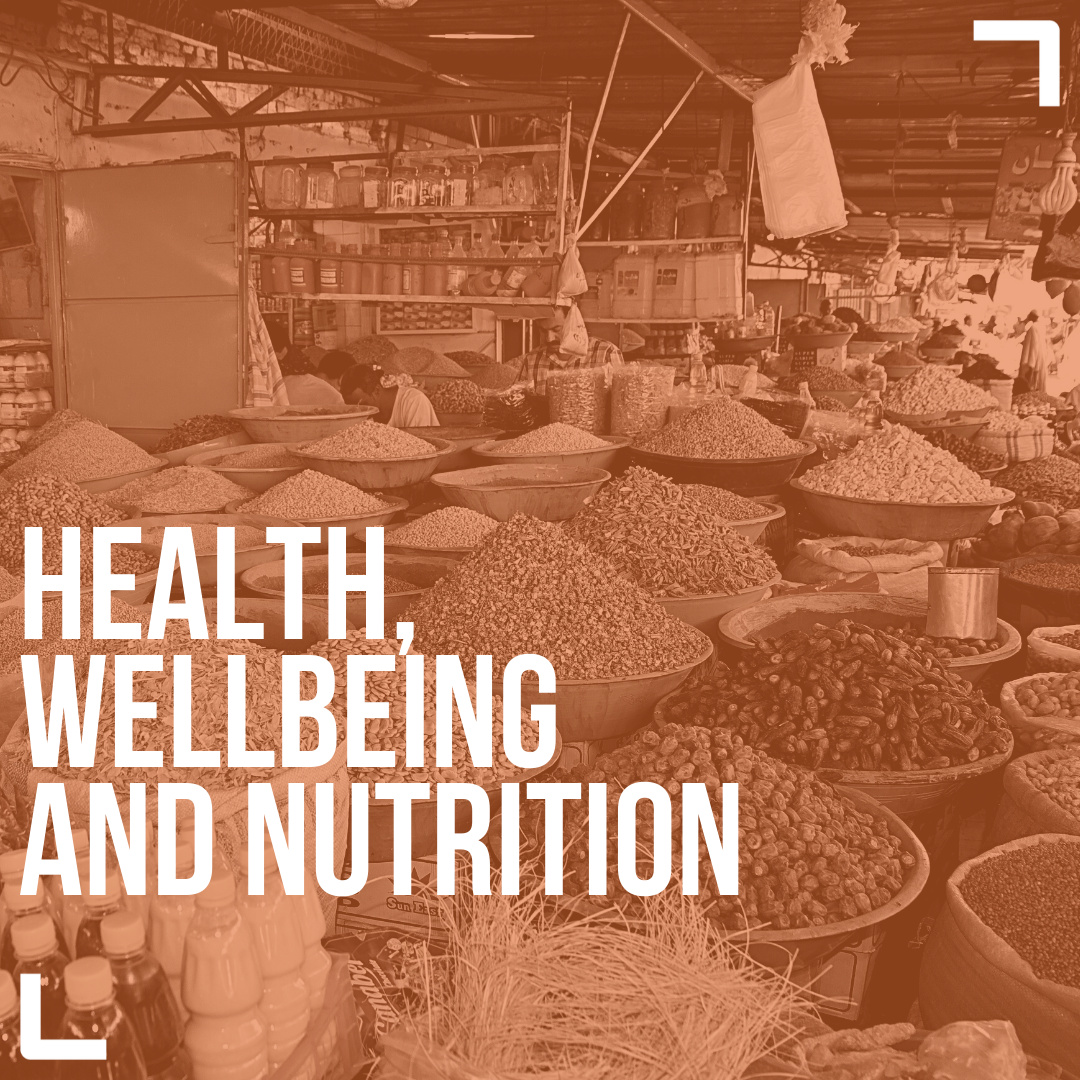Lilongwe
Lilongwe, named after the river that runs through it, is located on the inland plains of Malawi and is the country’s largest city.
Situated at the junction of major north-south and east-west roadways, Lilongwe was once a colonial town and has been an administrative centre since 1904. Its importance as an agricultural market centre increased in the 1920s with the emergence of a major tobacco industry in its hinterland, and it superseded Zomba to become Malawi’s capital in 1975, leading to high rates of population growth in the 1970s and 1980s.
The population of the city has increased by nearly ten times in the last 40 years, with an estimated population of 989,318 at the latest census in 2018 and internal migration accounting for just over half of this growth.
Lilongwe: City Scoping Study
Read the full study below, or download it as a PDF here.
Read now
African Cities Research Consortium
Lilongwe: City Scoping Study
By Kate Strachan (ICLEI Africa), Jessica Kavonic (ICLEI Africa), Tim Kelsall (ODI) and Tom Hart (ODI)
Urban context
Lilongwe, named after the river that runs through the city, is located on the inland plains of Malawi and is the country’s largest city. Lilongwe was once a colonial town and has been an administrative centre since 1904. Situated at the junction of major north–south and east–west roadways, and with the emergence of a major tobacco industry in its hinterland, its importance as an agricultural market centre increased in the 1920s. It superseded Zomba to become Malawi’s capital in 1975, leading to high rates of population growth in the 1970s and 1980s.
The population of the city has increased nearly ten times in the last 40 years, with an estimated population of 989,318 at the latest population census in 2018. [1] Lilongwe constitutes 6% of the total population of Malawi and had the second highest urban growth rate of 4%.
Due to its size and status as Malawi’s capital, Lilongwe will likely continue to be a growth centre. Even when using a conservative population growth rate of 4-5%, future projections suggest the city will nearly double in size over the next decade or so, to approximately 2 million by 2033. [2]
Internal migration is the primary driver of population expansion in Lilongwe, accounting for just over half of population growth. This reflects responses to limited economic prospects in rural areas, which are often constrained or disrupted by environmental factors such as climate change. [3] This migration is driven by the desire to improve on conditions of life in rural areas, and leads to periods of residence in town but rarely to permanent settlement. [4] There is also noteworthy migration from the Great Lakes Region (Rwanda, Burundi, DRC) and West Africa, especially Nigeria.
Important economic sectors in Lilongwe include public administration, retail and wholesale, light manufacturing, transport, banking and tourism-related industries. The tertiary sector is the largest (78%), followed by the primary sector (13%) and secondary sector (9%). International delivery (trucking) services are important, as Lilongwe is surrounded by agronomic areas where tobacco and cash crops (coffee, cotton and groundnuts) are produced, and is strategically located as a depot centre to redistribute products to the South African Development Community regional markets.
Spatial development
The existing zoning scheme was intended to develop the area into four sectors: Old Town, Capital Hill, Kanengo, and Lumbadzi. Recent years have witnessed urban sprawl and unplanned settlements expanded in almost all areas. Urban sprawl is particularly dominant along the southern edges of the city. Many central areas have been zoned with large plots, leading to low population density in the centre and contributing to the congestion challenges noted below. Only 35% of the city’s land is classified as being developed, yet much residential development is taking place outside of the city’s boundaries. This points to challenges of access to land, not just by those with low incomes but also those who may have money but lack political connections.
Urban challenges
Challenges in Lilongwe include high levels of poverty, inequality, lack of access to safe sanitation and clean water and traffic management. Climate change overlays these challenges, such that local government officials must deal with ever-increasing complexity and uncertainties. Malawi is expected to experience between 3-5oC rise in temperature by the latter half of the century. It is unclear what the medium- to long-term impacts will be, but some models suggest that although total annual rainfall will be relatively unchanged, more rain will likely fall in fewer very intense events. This, plus higher evaporation rates due to high temperatures, will pose a threat of longer and more intense droughts during the dry season.
Flooding in Lilongwe is not uncommon. Between 1946 and 2013, floods accounted for 48% of major disasters, and their frequency and severity are increasing. The city has a wet season that runs from November/December to March/April, with around 200mm of rain each month. Due to a lack of infrastructure and poor maintenance, many parts of the city, particularly in the Old Town sector and informal settlements, are already inundated with water each January and February. Diarrhoeal diseases, including cholera, are common during this time, often exacerbated by the flooding of unprotected water sources and sanitation facilities. [5] Over a period of a month in 2020, flash flooding affected parts of Lilongwe. According to Malawi’s Department of Disaster Management Affairs, over 1,500 people from around 400 households were affected.
These climate-related events, coupled with contaminated water and poor infrastructure, heighten underlying health risks [6] and worsen in a climate change scenario of more intense rainfall. Piped water supply already struggles to support the city’s expanding population. During the dry season between May/June and September/October, the supply is frequently interrupted. Problems are most acute to the south of Lilongwe, where the population has densely sprawled beyond the city’s boundaries. Land planning and allocation weaknesses are partly to blame for this situation, as serviced plots within the city have not been provided.
Traffic management is also a challenge. The rapid increase in the number of vehicles, including those ferrying day-commuters from outside the city, causes traffic congestion along multiple roads, particularly in the old town area, which also serves as an international arterial road passing through the centre of the urban area. Other traffic-related issues include lack of public transport facilities, lack of access to unpaved areas, and narrow main trunk roads. [7] Lilongwe city officials have confirmed that traffic congestion is one of their leading planning challenges to date. This issue is the focus of ICLEI (Local Governments for Sustainability) Africa’s ‘Reflecting Cities’ project.[8] There are also discussions surrounding the establishment of a rapid transit bus system for the city.
Another challenge is unemployment, which has risen sharply since 2008.[9] National reports indicate that unemployment in urban areas is higher than rural areas, implying challenges facing the formal labour market in absorbing the economically active population. This is evident in the sharp reduction in labour force participation since 2008.[10]
48% of the population of Lilongwe is aged under 18.[11] Improving the education of this youthful population is an urgent challenge facing the city. The responsibility for primary education has been formally decentralised to the city council but the national Ministry of Education largely retains control. [12]
Although attempts have been made to achieve 50/50 gender balance in many sectors, such as in the selection of students to secondary schools, outcomes are skewed against women in many instances. Malawi is in the bottom third in the 2017 World Economic Forum’s Global Gender Gap report, and women face significant structural disadvantages in the labour market.[13] Gender disparities are aggravated by the fact that many formal industries, such as textiles and agriculture, generally employ women at low salaries and in poor working conditions.[14] The unemployment rate for females in Lilongwe aged 15-24 years was 38.3% in 2005, compared to 16.5% for men of the same age group. [15] The participation of women in leadership and city management positions has historically been low. [16]
Underlying causes
Among the underlying causes of Lilongwe’s urban challenges are “an incoherent legal and policy framework, multiplicity of actors and competing jurisdictions of authority”. [17] These are exacerbated by enforcement challenges, political challenges, limited capacities of government officials, limited community participation and civic inclusion in decisionmaking.
Malawi’s local councils, including Lilongwe city council, are comparatively young institutions. In 1998, following the return to democracy, Malawi passed an ambitious decentralisation policy, which aimed to devolve most basic service delivery functions to local governments. However, this has never fully been implemented. Central government ministries and parastatals remain heavily involved in urban services such as roads, water and electricity. Local government struggles to access resources commensurate with its responsibilities. Indeed, between 2000 and 2014, there were no local elections, demonstrating a tension between the central government and its local counterparts.
Urban planning in Lilongwe has primarily been driven by the 1986 outline zoning scheme. This scheme was intended to promote regulated urban development and appropriate land use for transport and other purposes. The scheme was effective until 2000; it was updated in 2010 and is currently being updated again. Nevertheless, a perception remains that inadequate planning is responsible for the rapid growth of poorly serviced informal settlements and associated problems.
Despite its potential to become an economic hub, Lilongwe lacks the financial resources to implement substantial development plans or to deliver basic infrastructure and urban services.[18] The city council is mainly dependent on the sources of revenue they have at their disposal, which between 2011 and 2014 accounted for approximately 80% of its total income. Grants from central government accounted for the remaining 20%. This has changed somewhat with the introduction in 2015/2016 of a large central government grant for city roads, but own source revenues still account for around half of the council’s resources. The main source is property tax, which accounts for between 50% and 65% of the total. Although the city council has a wide property tax base and considerable discretion in setting tax rates, it struggles to collect tax revenue. The areas deemed “rateable” are not clearly defined, so the property tax roll vastly underestimates the number of taxable properties.[19]
These financing challenges limit the city council’s ability to invest in infrastructure. Prior to the introduction of the city road grant, capital expenditure accounted for less than 10% of the city budget (based on available data for 2011-14), leading to sporadic maintenance that was often limited to certain parts of networks [20]. After the introduction of the city road grant, capital expenditure on roads rose to approximately 45% of the city council budget (based on 2017/2018 and 2018/2019). However, city road grant funds are earmarked for specific purposes by the central government, which sets the amount of this grant. In the 2019/2020 budget, the city road grant was reduced by 70%, further limiting the ability of the council to engage in long-term planning. Indeed, many of the city’s roads are the responsibility of the Malawi Roads Authority, which has a history of being heavily politicised.
These challenges with city-level governance should be understood in the context of Malawi’s national political settlement. Malawi made a transition to multi-party democracy in 1994, following the long single-party reign of independence leader Hastings Kamuzu Banda (1966-94). Since then, power has gone to the party that has amassed the most votes in relatively competitive elections, with political constituencies courted using ethno-regional and clientelist ties. Business and political interests have been deeply intertwined, with politician-businessmen and businessmen-politicians using the regulatory power of the state to generate rents for the purpose of advancing their private and political fortunes. National politics has been quite fluid, with members of parliament frequently switching parties irrespective of the law, and presidential power changing hands five times since independence. These trends have contributed to an emphasis on populism and short-termism, as opposed to long-term planning, despite the existence of policy documents such as the long-term development plan, “Vision 2020”. An example of this is the waiving of planning regulations during the first multi-party presidency of Bakili Muluzi, leading to an explosion of informal settlements. [21]
In spite of lagging development progress, large-scale reports of corruption and attempts to change the constitution, the multi-party-political settlement has held strong. Most recently, in 2020, the judiciary overturned the 2019 presidential election results, the fairness of which had for months been protested on the streets by a broad-based civil society movement, the Human Rights Defenders Coalition. Today, Malawi is led by the Tonse Alliance, a coalition of nine political parties led by Malawi Congress Party, which has approved a long-term “Vision 2063”, with plans to pass this into law. Yet it remains to be seen whether the Tonse Alliance can preside over more sustainable and inclusive forms of urban development in Lilongwe. In January 2021, the city saw an increase in Covid-19 cases amid considerable public anger about the way in which public resources have been used to combat the pandemic.
Lilongwe faces a variety of complex and interrelated challenges in urban governance and planning, employment, public health and service delivery, finance, gender equity, land use and climate resilience. Building on the work of others, ACRC will help analyse these challenges and identify promising areas, strategies and partners for catalytic reform. We envisage working with multiple stakeholders across national and local government, civil society and the private sector, building or strengthening coalitions that can unlock priority complex problems and create a more inclusive and sustainable future for Lilongwe.
References
AFDB (2018). Malawi Economic Outlook.African Development Bank.
Cammack, D. (2012). “Peri-urban governance and the delivery of public goods in Malawi (2009-11)”. African Power and Politics Research Paper, London: Overseas Development Institute.
Englund, H. (2002). “The village in the city, the city in the village: Migrants in Lilongwe”. Journal of Southern African Studies, 28(1): 137-154.
International Federation of Red Cross and Red Crescent Societies (2009). Malawi: Flood and Cholera. Geneva: International Federation of Red Cross and Red Crescent Societies.
JICA (2010). The Study on Urban Development Master Plan. Lilongwe: Government of Malawi.
Knoema (2017). World Data Atlas – Malawi, Lilongwe. Knoema.
Manda, M. (ed.) (2005). Physical Planning in Malawi Lilongwe: Malawi Institute of Physical Planners (MIPP).
Manda, M. (2013). Malawi Situation of Urbanisation. Lilongwe: Ministry of Lands, Housing and Urban Development.
National Statistical Office (2019). 2018 Malawi Population and Housing Census Main Report. Zomba: National Statistical Office.
National Statistical Office (2016). Statistical Yearbook. Zomba: National Statistical Office.
National Statistics of Malawi (2012). National Statistical Yearbook. Zomba: National Statistical Office.
National Statistics Office (2013). Labour Force Survey. Lilongwe: Government of Malawi.
Tilitonse Foundation (2019). Political Economy Analysis of Urban Governance and Management in Malawi: An Updated Version. Lilongwe: Tilitonse Foundation.
World Bank (2016). Malawi Urbanization Review: Leveraging Urbanization for National Growth and Development. Washington, DC: World Bank.
UN Department of Economic and Social Affairs, Population Division (2018). World Urbanization Prospects: The 2018 Revision, Online Edition (accessed 11 May 2021). New York.
UNDP (2011). Urban Profile: Lilongwe, Nairobi. New York: UNDP.
UN-Habitat (2011). Malawi Lilongwe Urban Profile. Nairobi: UN-Habitat.
WHO (2018). Weekly bulletin on outbreaks and other emergencies. Available online (accessed 11 May 2021).
White, S. (2007). Malawi: Country Gender Profile. Women and Law in Southern Africa Research and Educational Trust-Malawi.
[1] National Statistical Office (2019).
[2] UN Department of Economic and Social Affairs, Population Division (2018).
[3] World Bank (2016).
[4] Englund (2002).
[5] International Federation of Red Cross and Red Crescent Societies (2009).
[6] WHO (2018).
[7] JICA (2010).
[8] https://africa.iclei.org/project/reflecting-cities/
[9] National Statistics of Malawi (2012).
[10] National Statistics Office (2013).
[11] JICA (2010).
[12] World Bank (2016).
[13] AFDB (2018).
[14] White (2007).
[15] Knoema (2017).
[16] UN-Habitat (2011).
[17] Tilitonse Foundation (2019).
[18] UNDP (2011).
[19] World Bank (2016).
[20] World Bank (2016)
[21] Manda (2005).
[22] Cammack (2012). See also Tilitonse Foundation (2019).
Hear Mtafu Manda, associate professor in planning at Mzuzu University, discuss Lilongwe’s urban development challenges and how ACRC’s ‘city of systems’ approach can help promote inclusivity.
Header photo credit: Lars Plougmann / Flickr (CC BY-SA 2.0)
LATEST NEWS from ACRC
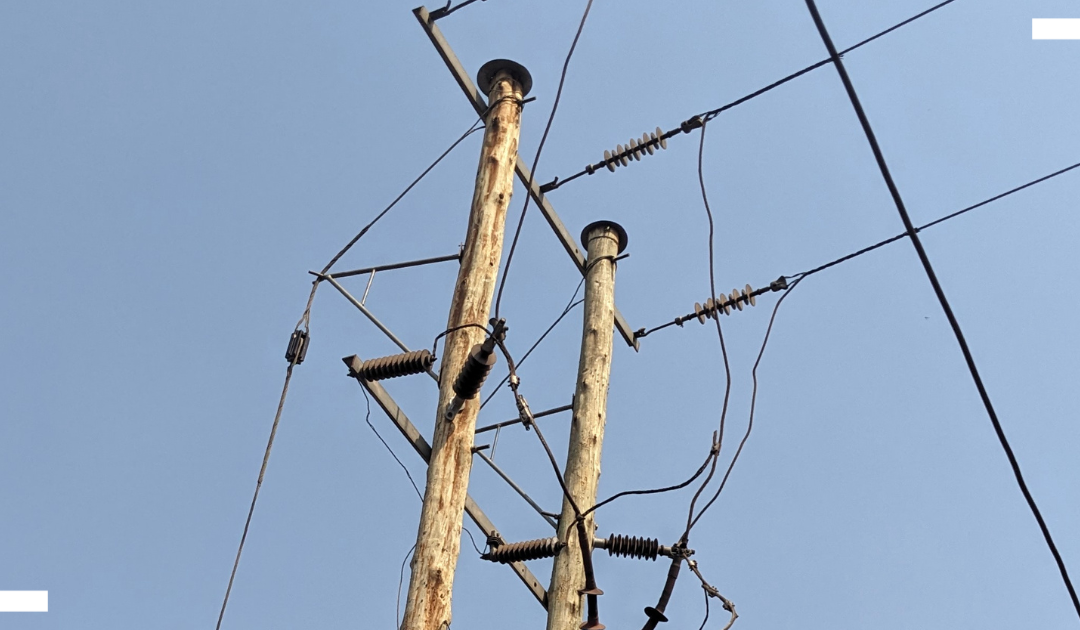
Unravelling a complex web: Electricity subsidy experiences in Kampala’s informal settlements
Jan 7, 2026
Electricity subsidies may seem like a straightforward solution to the challenge of supplying electricity to Kampala’s informal settlements. However, the contextual realities of the electricity supply chain paints a slightly different story.
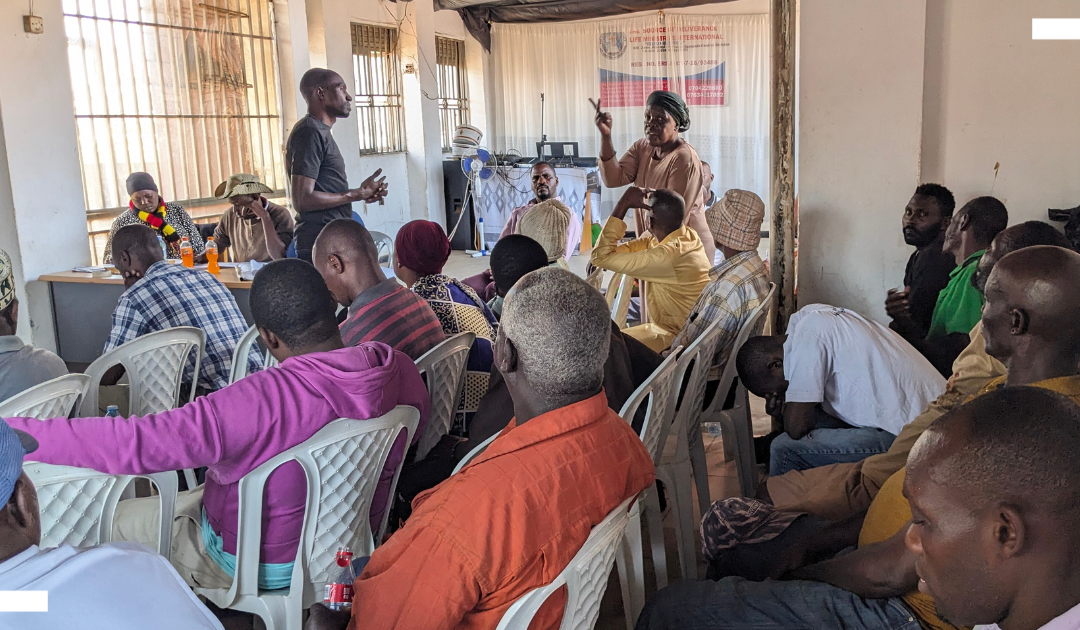
Mapping electricity access in Kampala’s informal settlements: Kamyufus, subsidies and community perceptions
Jan 7, 2026
Through our research into the electricity supply and distribution value chains in Kampala’s informal settlements, we are trying to learn more about why electricity subsidies fail to reach those in most need – and the alternatives that residents turn to, in order to gain access to power.
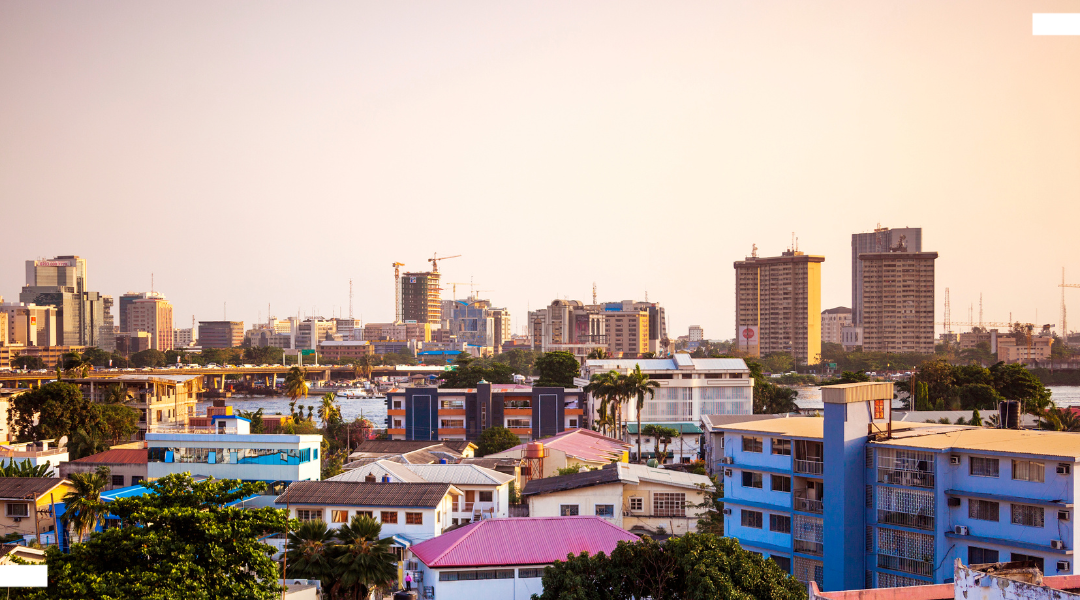
Equity and digitisation in the property tax system in Lagos: A win-win for all?
Dec 19, 2025
Equitable taxation is about building fairer systems which align with a much-needed path to inclusive urban development. The Lagos property tax system can be improved to facilitate a win-win for all urban residents.
